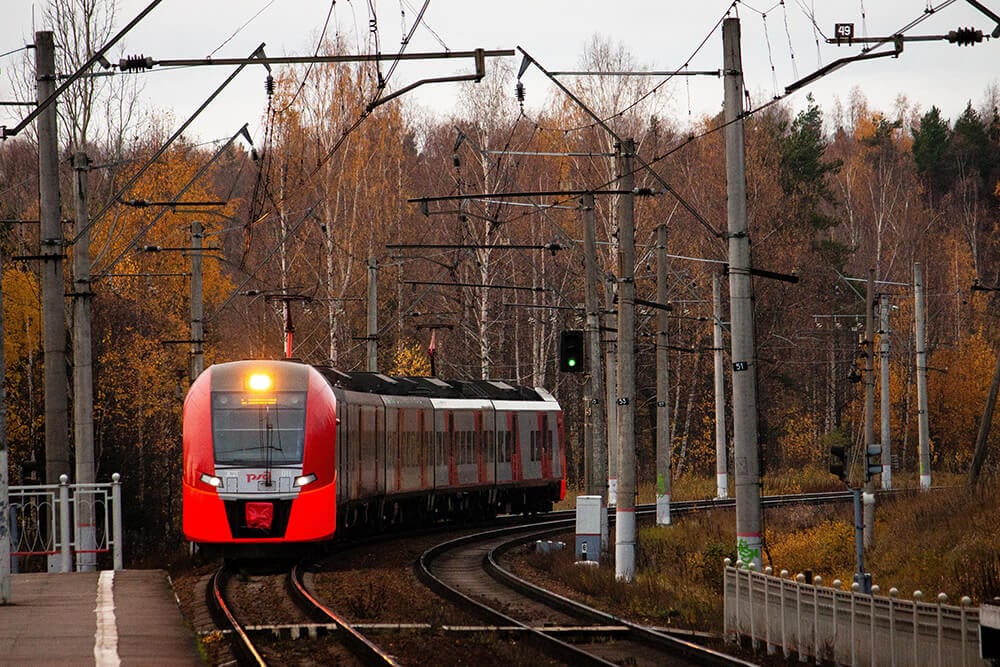What Happens if a Train Derails?
A train derailment happens when a train comes off its rails. Train tracks are designed to have two steel rails at a fixed distance apart. These rails are responsible for keeping the train wheels moving along the course of the tracks. When a train comes off its rails, the implications can be dangerous, especially if there are passengers or heavy cargo onboard. In the most devastating train derailments, passengers and occupants can be seriously injured if the train’s momentum causes it to come off the tracks and topple over on its side or crash into other compartments.
Some derailments have surprisingly minor implications. If the train can be stopped shortly after it becomes derailed or during, it may not come off the tracks completely. Train rails are smooth and allow a train to easily build and continue momentum at high speeds, so when a train leaves its rails and hits the tracks and gravel beneath, that momentum is immediately slowed, making it easier for it to come to a complete stop.
If a train is heading in a straight direction when the derailment occurs, it’s easier for the train to keep its forward-gaining momentum once it’s off the rails. Then it can come to a stop on the tracks without further implications—as long as its speed is reduced quickly enough. If a train is going around a curve, it has a harder time staying on the tracks if it comes off the rails. Derailments on curves tend to be inherently more dangerous as a result. Any type of derailment that occurs at high speeds is also more likely to present more of a danger.
What Happens in a Serious Train Derailment?
In a major train derailment, the train will often come off the tracks completely. Depending on where the derailment occurs, its momentum may cause it to collide into compartments ahead of the compartment that became derailed. If any passengers are onboard, this can result in serious injuries. Serious injury can also happen if the entire train or even some compartments topple over to one side after leaving the tracks.
After a major train derailment, the following injuries may result:
- Broken bones and fractures
- Internal injuries
- Head injuries which may cause a traumatic brain injury
- Spinal cord injuries
- Amputations
- Psychological issues like anxiety and PTSD that sometimes result after being in a traumatic accident
Many of these injuries are considered catastrophic because they cause permanent or long-term suffering or impairment. Someone who suffers from a catastrophic injury may face a life of disability which can cause significant financial hardships on a family as well as force an entire change of lifestyle on a household.
The faster the train is moving when the derailment occurs, the more serious the implications and resulting injuries and damage will be. If it’s moving at close to its maximum speed when it becomes derailed, the momentum it carries alone will cause an enormous amount of force upon impact.
Additional injuries can occur if a derailed train comes off its rails near other vehicles or structures. The sheer weight of a train’s compartments and any cargo within can cause devastation to anything it comes into contact with—especially if the train is carrying momentum with it due to traveling at a fast speed. If a cargo train carrying hazardous chemicals on it derails, the surrounding environment and population may also be at risk depending on the type of chemicals and their effects.
Why Do Train Derailments Happen?
There are many reasons that train derailments occur, but most happen due to an operational error or a mechanical error. Of the causes related to mechanical errors, most causes can be broken down into the following categories:
Track-related failures:
- Broken rails and broken welding between rails (this accounts for most track-related derailments)
- Buckled tracks
- Joint bar defects
- Improper track geometry, which is usually a result of tracks that were improperly laid out or poorly maintained
Train equipment failure:
- Train brake failure
- Locomotive wheel failure
- Locomotive bearing failure
- Axle defects
- Electrical defects
Of the two categories above, track-related failure is the most common cause for derailment.
Operational error, or human error, can result in the following:
- Speeding
- Failure to properly communicate with railroad operators
- Failure to obey display signals
- Incorrect track switch settings
- Switching violations
- Obstruction of the tracks
- Vandalism of the tracks
- Unsecured cars on hills, which can roll onto tracks
Finally, environmental factors like weather can also cause train derailments. High winds, rockslides, flash floods, and avalanches have been known to cause derailments in the past. It’s imperative for train operators to understand when weather conditions may cause a possible threat and issue delays when necessary.
In rare instances, a derailment can also be deliberately caused to avoid or prevent a more serious accident, such as a collision with another train or vehicle that has been stopped on the tracks. Deliberate derailments usually happen at set points in the tracks called derails or catch points, which are built in tracks for these types of emergency situations.
Taking Legal Action After a Train Derailment
If you or someone you love has been injured in a train derailment that could have been prevented, you may have grounds for legal action if the accident was caused by human negligence. Train operators and company employees have a duty to keep passengers and communities safe. Krzak Rundio Gorman, Injury Attorneys has experience representing clients who have been seriously injured in major transportation accidents like train wrecks and can tell you if you have a potential claim.
To learn more, don’t hesitate to reach out to our Chicago law firm today. We’ll evaluate your case at no cost or obligation to you.











